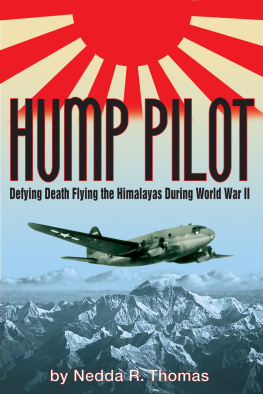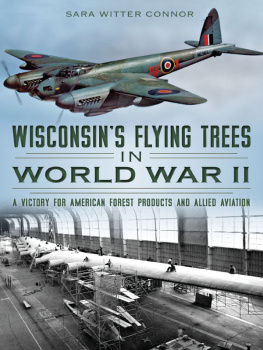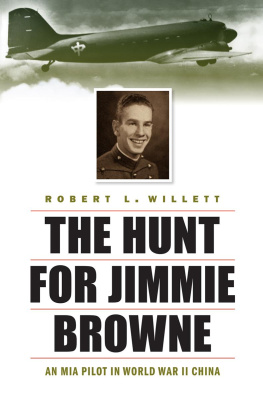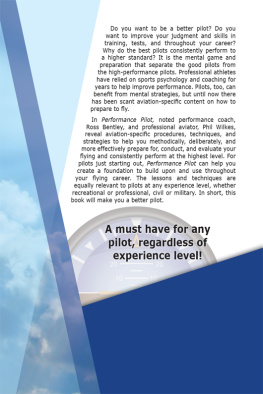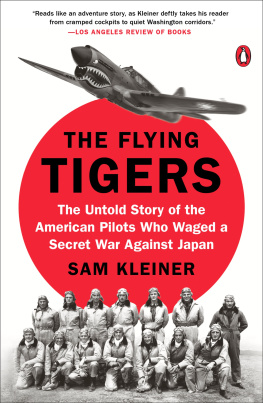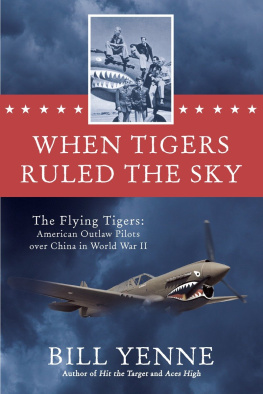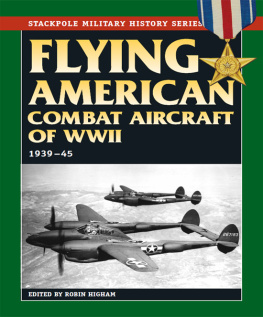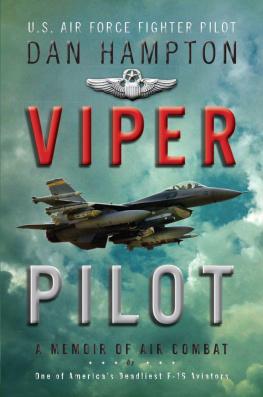
Copyright2014 by Nedda R. Thomas
LCCN: 2014956725
ISBN: 978-1-940773-20-9 (softcover)
ISBN: 978-1-940773-20-9 (ebook)
SAN: 850-5942
Thomas, Nedda R.
Hump pilot : defying death flying the Himalayas during World War II / by Nedda R. Thomas. -- First edition. -- Palisades, New York : History Publishing Company, [2014]
pages ; cm.
ISBN: 978-1-940773-20-9 (softcover) ; 978-1-940773-20-9 (ebook)
Includes bibliographical references and index.
Summary: Based on the true life exploits of a World War II pilot flying the dangerous route over the Himalayas, the books brings to light a little known facet of World War II. Flying the Hump was the name given by American pilots to flying over the treacherous air currents of the Himalayas during World War II. It was an extremely dangerous but necessary route American pilots traveled to bring vital materiel to Chinese troops in China, and American, and other Allied forces in the Pacific. The materiel transported, critical to the Allied war effort in the early days enabled the Allies to persist while the industrial might of the United States was retooling.--Publisher.
1. Thomas, Ned, 1923- 2. World War, 1939-1945--Aerial operations, American. 3. World War, 1939-1945--Campaigns--Himalaya Mountains. 4. World War, 1939-1945--Campaigns--China. 5. World War, 1939-1945--Campaigns--Burma. 6. World War, 1939-1945-Campaigns--India. 7. Himalaya Mountains--History, Military. 8. China--History, Military. 9. United States. Army Air Forces--Biography. 10. Air pilots, Military--United States--Biography. 11. Airlift, Military--United States--History. I. Title.
D790.2 .T46 2014
All rights reserved. No part of this publication may be reproduced, stored in a retrieval system, or transmitted in any form or by any meanselectronic, mechanical, photocopying, recording, or otherwise-without prior written permission from History Publishing Company.
Published in the United States of America by
History Publishing Company, LLC
Palisades, New York
Printed in the United States on acid-free paper
First Edition
To my son Ned Davis
His grandfathers namesake
TABLE OF CONTENTS
ACKNOWLEDGMENTS
T he author gratefully acknowledges many who supported the mission. Eda Kenny of the WWII Flight Training Museum at Douglas, Georgia, who shares a trove of insight about vanished aspects of air cadet training; also Danny Bradley and Denise Mortoff, of the same, for their help and interest. David Selby, photographer extraordinaire and supportive military enthusiast; Leigh Kitcher for technological support beyond my capabilities, both of Historic Vienna, Virginia, Inc. Alice Nodine, Editor, Elan Magazine, for encouragement from the start and always. Historian Naomi Zeavin, for her helpful early reading. Author Lou Thole for his generosity and enthusiasm. Robert F. Dorr, military superfortress who shares the writing universe. Evelyn Gardett, my sweet last-minute proofreader. Adriana and John Hall, loving friends through smooth flying and rough. Lt. Colonel Elizabeth Ortiz, Director, National Media Engagement Office for the Secretary of the Air Force, Office of Public Affairs: also Deputy Director David J. Wilson, their help in locating relevant photography. Stephen Roberson, webmaster/solver of the unsolvable, for all things computer. My publisher Don Bracken, and the History Publishing Company, for believing in this story. Military historian Walter J. Boyne, former Director of the National Air and Space Museum, for his great and generous heart, and knowledgeable Foreword. Finally my father, Ned Thomas, who sat down with me amid the plaster and debris of a house rehab, and taught me to fly the Hump.
FOREWORD

by Walter J. Boyne
T IME, THAT INEVITABLE, IMPLACABLE MONSTER, HAS TAKEN ITS toll of what is now commonly called the Greatest Generation. Day by day, the men and women who fought and endured one of historys greatest tragedies are quietly slipping away. Fortunately, there remain some who recall the events that so troubled the world from 1939 to 1945, and who can tell how their personal experiences affected their lives, their war, and indeed, our history.
Such a man is Ned Thomas, who gives us an intensely personal look at a life that included something he had only dreamed ofbecoming a pilotand then thrust him into the most primitive, most demanding, and most overlooked of all the theaters of war. Fate steered Thomas to become a pilot on what became too familiarly known as the Hump, the great airlift that managed to keep China in the war against Japan for three vital years.
The term too familiarly known is used advisedly. There have been some books, films and television documentaries on the men and planes who flew across the Himalayas from India to Chinajust enough to reduce the phrase the Hump to familiar and often dismissive jargon. This book puts the massive, highly successful operation into a context that swirls with conflicting national motives, narcissistic leaders who made enormously important decisions based on their own selfish desires, and often, bribery on a grotesque scale. There were tremendous aerodynamic challenges. These forced pilots to operate routinely beyond the capabilities of their equipment, with all too often fatal results. The route over the Himalayas was not called the Aluminum Trail in humor, or with sarcasm. It was an appropriate designation for a highway clawed into mountains and jungle, its markers the 700 destroyed aircraft and the many dead crews.
The effort started small, from hastily packed bundles stuffed into bomb bays and launched from rock-strewn runways in India over the mountains to Kunming, China. It grew slowly at first and then ever more swiftly into a fantastic aerial conveyor belt delivering every weapon, skill and service. Ironically, this great supply effort overcame the confused battle of egos, national honor, and rampant graft. It succeeded despite being conducted over the most hostile combination of geography and weather encountered anywhere during World War II.
Perhaps the most important, and certainly the most winning, aspect of this book is that it proves conclusively that the operation was massively successful because it depended first, last, and always upon its personnel at the lowest operational levels. It worked because of people like Thomas, who accepted the responsibilities laid upon them and, ignoring the practical impossibility of operating at all, went on to achieve success on an unprecedented scale.
More than seven decades have passed since President Franklin Delano Roosevelt realized that the brilliant invasion and capture of Burma in 1942, by Japan, had eliminated Chinas last overland supply link, the famous Burma Road. He decided that at whatever the cost, China had to be kept in the war by means of an aerial resupply system. The politics were ugly. Nationalist Chinas leader, General Chiang Kai-shek, was more concerned with fighting his Chinese Communist opponentMao Tse Tungthan he was fighting the Japanese. Chiang Kai-shek was detested by the local American commander, General Vinegar Joe Stilwell. The Soviet Union, preoccupied with its Nazi invaders, wanted Japan to be more engaged by China, so that it could move forces from East to West. If China fell, Japan might well attack Russia and aid the Nazis.
And then, to make Roosevelts decision more difficult to enforce, there was a complete lack of suitable bases, transport, aircraft, pilots, mechanics, and all of the millions of tons of equipment that are implicit in establishing a new theater of war.
Next page
